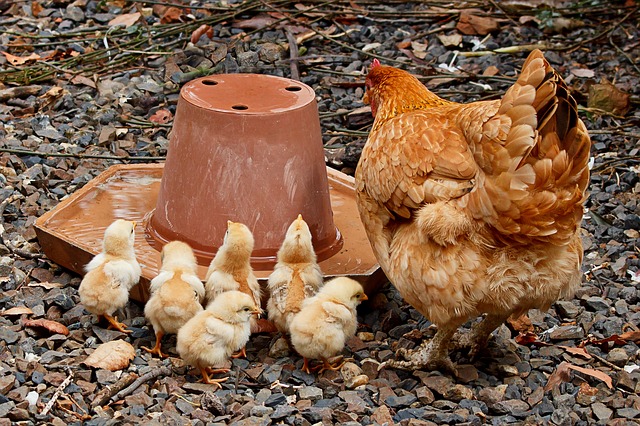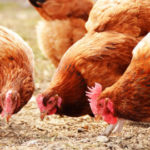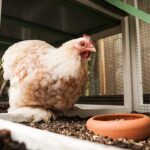Which Kienyeji Chicken Breed Is Most Suitable For You Rearing Conditions?
Kienyeji chickens are preferred for their better tasting meat compared to the GMO chickens. Their meat and eggs are also healthier than GMO’s. While there are small variations among Kienyeji chicken breeds when it comes to meat and egg quality, the production quantity and frequency vary from one breed to another. Some breeds also reach maturity faster than others. Some adapt to harsh climates better than others.

Therefore it helps to know which breed is more beneficial to you although different breeds have different advantages. Here are facts about different kienyeji chicken breeds to guide you in selecting the best one.
- KARI Improved Kienyeji Chicken Breed
- Kuloirer chicken
- Rainbow Rooster
- Kenbro Chicken
- KARI Improved Kienyeji Chicken Breed
This breed produces meat and eggs in very large quantities with a short time. In fact, no other indigenous kienyeji chicken will outperform it in egg and meat production. You should expect around 220 to 280 eggs per year from the KARI kienyeji hen. The hen reaches 1.5 kilograms in five months while the rooster attains 0.5 kilograms within the same period. Therefore, the KARI kienyeji chicken is a more preferable option when you want to increase yields and profits quickly.
The breed also better adapts to any climate. If you bought some other chicken breed that is unable to survive arid and semi-arid conditions, then consider the KARI hens and roosters as they will do better in these hardship areas.
It is also suitable for farmers who find it labor-intensive and costly to rear chicken in a closed environment. You can easily rear this breed in a semi-free range system without locking the chickens all the time. You even do not need to spend a lot of money on hormones and commercial feed to booster the growth of these chickens. They will do without.
- Kuloirer chicken
Originated from the Kegg’s farm in India, the kuloirer chicken is more preferable for farmers who want low-maintenance chickens. It can comfortably feed in a free-range mode or set-up without any problems.
This way, the farmer avoids spending too much money on commercial feeds. Instead, you can supplement maize and locally available feeds with termites, Omena, grains, and commercial feed. Before you let them roam freely on the farm, just ensure to keep the farm from predators by surrounding it with a firm fence.
In just four months, the chicken will have attained 3 kilograms in weight in 4 months or 4 kilograms in 6 months. It tells you this is a good chicken for those looking for a meat producer in chicken breeds. What’s more! The meat is even tastier, tender, and leaner than the indigenous chickens’ meat.
This chicken breed may not be the best option for those looking for an egg layer in a kienyeji breed. That’s because it produces 140 to 150 eggs per year. However, the eggs are larger than those produced by the indigenous chickens, and with a deep yellow yolk. The chicks not only grow faster during their first 6 weeks but also resist diseases naturally, better than other breeds.
However, this breed does not sit on its eggs and hence you will need a functional incubator.
- Rainbow Rooster
With its multi-colored beautiful feathers, this is the type of breed you need for all aesthetic rearing purposes. Not to fail to mention that it is a great meat and egg producer. It is a quick weight gainer and you should expect it to weigh 4 kilograms in six months. It still does not put a lot of feeding pressure. You can simply let it free in a semi-free range system and supplement locally available feeds with commercial feeds.
Additionally, you expect 180 to 200 eggs per annum from this chicken. However, it also does not sit on its eggs. Therefore, you need an incubator for it. You can also order chicks from established firms.
- Kenbro Chicken
The KARI Improved chicken, Kenbro, is a brainchild of the renowned Kenchic. This relatively old breed is a decade old now since entering the market. Not only is it a great meat and egg producer but also less labor-intensive. The hen will start laying eggs within four months. The chicken also weighs up to 4 kilograms within the same period if fed properly. It is a voracious bird so will gain weight too quickly.
You can also buy this chicken when you want ones that can adapt well to strict climatic conditions while avoiding diseases.

